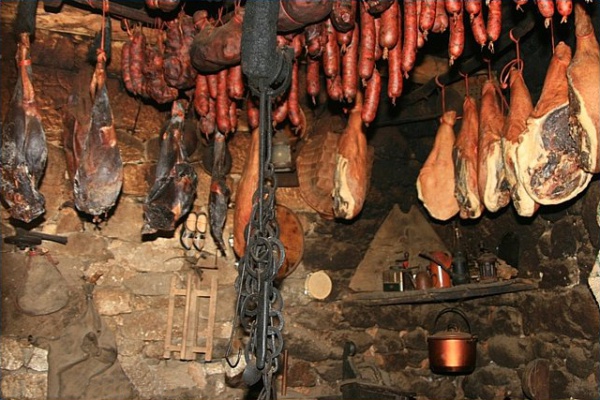Facts About Smoked meat
Smoking meat is a time-honored tradition that dates back to the Paleolithic Era. This method not only enhances the flavor and appearance of meat but also aids in its preservation through curing. There are two primary types of smoking: cold smoking, which is chiefly used for preservation, and hot smoking, which focuses on flavor enhancement and slow cooking.
Choosing the right wood is essential because different woods impart different flavors. Hardwoods are preferred over softwoods because they contain less resin, which can adversely affect the taste and safety of the meat.
Smoking practices vary across the globe. In many African countries, hot smoking is commonly used for fish. In the U.S., barbecue styles differ regionally, each with its own unique flavors. Smoked foods such as bacon, country ham, finnan haddie, katsuobushi, pastrami, and Zhangcha duck each offer distinctive preparation methods and rich histories.
While smoking meat can significantly enhance its flavor, there are potential health concerns. Research indicates a possible link between consuming smoked foods and intestinal cancer, particularly in areas where smoked foods contain high levels of contaminants. Softwoods, in particular, are not recommended for smoking because they can produce higher levels of harmful compounds such as polycyclic aromatic hydrocarbons (PAHs).
To enjoy smoked foods safely, it is important to carefully select the type of wood and follow appropriate smoking techniques. By doing so, you can minimize health risks while savoring the delectable flavors that smoking brings to the table.

 United States
United States